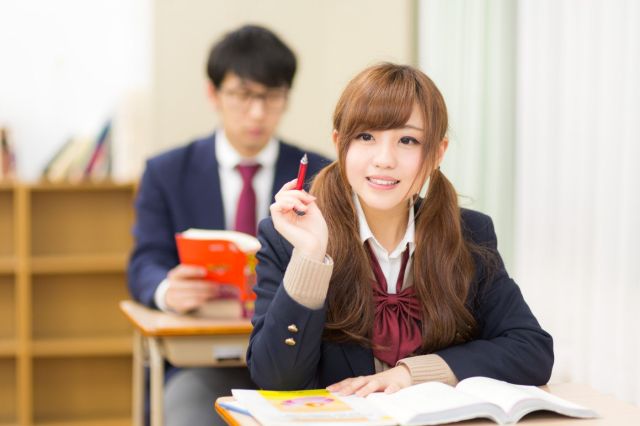
Are all Japanese schools designed the same way???
Just as Japanese society is largely homogenous, so too are a lot of the schools, with commonalities inherent to elementary, junior, and senior high school institutions.
It’s perhaps most obvious with things like uniforms — yellow hats and randoseru backpacks for elementary school students, sailor suit blouses for junior high pupils, and blazers for those in senior high.
▼ A typical elementary school student.
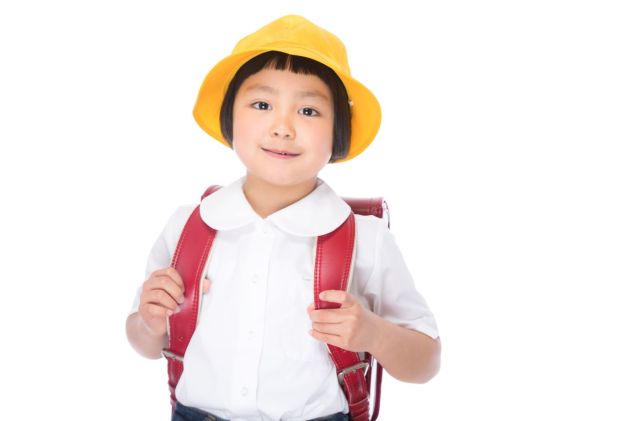
However, one component that tends to go unnoticed, even by students themselves, is the way schools are designed, with consideration often given to the direction in which classrooms are arranged.
The topic came to light on Twitter recently, when Twitter user @kotatuyukkuri shared the below tweet.
ふと思い出したんだけど
— こぶたぬきつねこ(こたつ)
小三ぐらいの時
社会科で方角を習った時当時の僕は全然覚えられなかったのね
その時に教頭先生が授業周りにやってきて
覚えられない僕達に
「黒板が西、ベランダが南、ロッカーが東、廊下が北になるようにどの学校も出来ています」
って言葉を放った時革命が起きたと思ったよね@ゆっくり実況 (@kotatuyukkuri) March 18, 2022
The tweet, which received over 86,000 likes, reads:
‘I suddenly recalled that when I was in the third year of elementary school and learning directions in social studies class I couldn’t remember the directions at all.
The vice principal visited our class and told us, ‘Every school has blackboards in the west, verandahs in the south, lockers in the east and hallways in the north’.
That comment was revolutionary.’
As soon as the tweet was shared, it created another revolution, as people around Japan began to think back to their former schools and the way they were set up.
▼ To make things a little easier to visualise, this is the type of room setup described by the vice-principal.
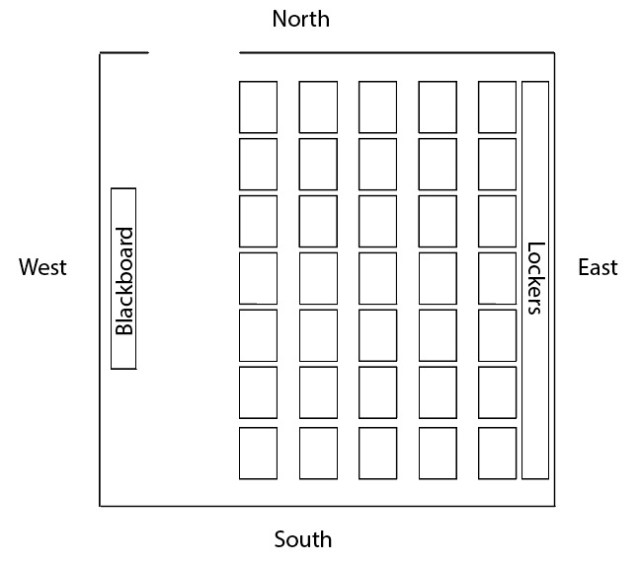
Many online commenters were quick to affirm that their classrooms did align with this layout, and some even gave some interesting reasons for it too:
“I heard this setup allows sunlight to come in from the south so it doesn’t create shadows when right-handed students take notes.”
“If the blackboard is on the west side it protects it from the afternoon glare of the sun so students can always see it easily.”
“If the verandahs (or windows) were to be in the north, the light would come into the classrooms from the corridor side, casting shadows on the notebooks of right-handed students. Since most students are right-handed, the verandahs are designed to be on the south side.”
“Incidentally, libraries face north (or at least in a position to avoid the setting sun in the west) to protect the books from sun damage.”
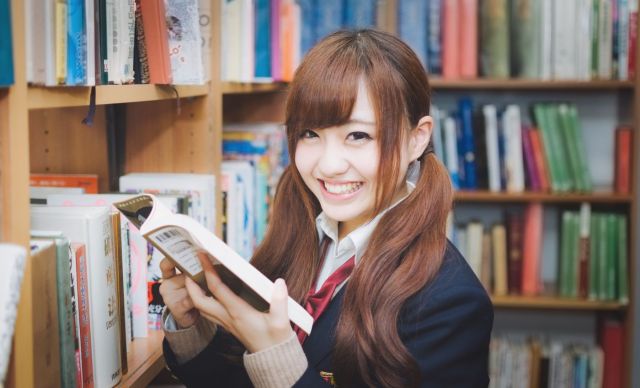
While the large majority of commenters agreed that their schools aligned with this setup, some said their schools were designed differently:
“My son’s elementary school was an unconventional shape due to the topography.”
“Our school had its windows facing north, but that was because you could see Mt Fuji and the cherry blossoms from that direction.”
“I think old schools generally apply to the rule you mentioned. These days it’s not always possible to build in a regular shape depending on the land.”
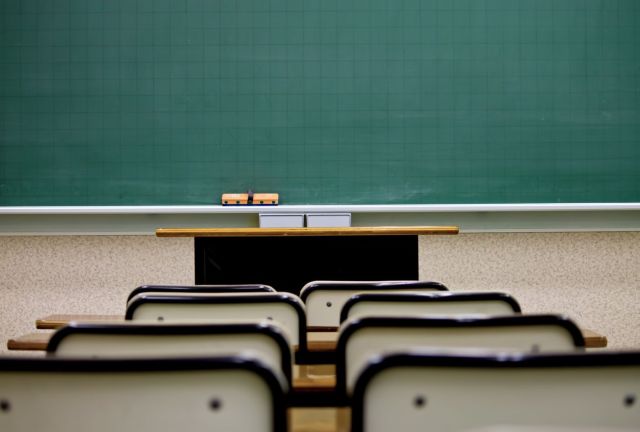
The comment about old schools sticking to the same layout as the one mentioned by the vice principal all those years ago does appear to hold a lot of weight, as one commenter mentioned:
“My father told me that before the war, if pilots lost their bearings in the air they would look down at a school to regain their sense of direction. These days, the layout isn’t so steadfast so that wouldn’t be possible anymore.”
While school layouts may have changed more recently, due to urbanisation and decreasing land sizes, the majority of comments indicated that a lot of classrooms were still arranged according to the old-school way.
The revelation that this wasn’t pure coincidence but a thought-out design principle surprised many, who were left with a sense of warmhearted gratitude to the planners behind it. It’s just one of the many reasons why nostalgia for the good ‘ol school days takes up a big space in people’s hearts, and why the classroom remains a popular setting for storylines in manga and anime.
So next time you’re watching a school scene from your favourite anime series, why not take a closer look at the way the classroom’s been set up? Does it align with the arrangement described above? And what’s been your experience in Japanese schools, or in schools in your own country? Let us know in the comments below!
Source: Twitter/@kotatuyukkuri via Hachima Kikou
Featured image: Pakutaso
Insert images: Pakutaso (1, 2, 3)
● Want to hear about SoraNews24’s latest articles as soon as they’re published? Follow us on Facebook and Twitter!




No hay comentarios:
Publicar un comentario